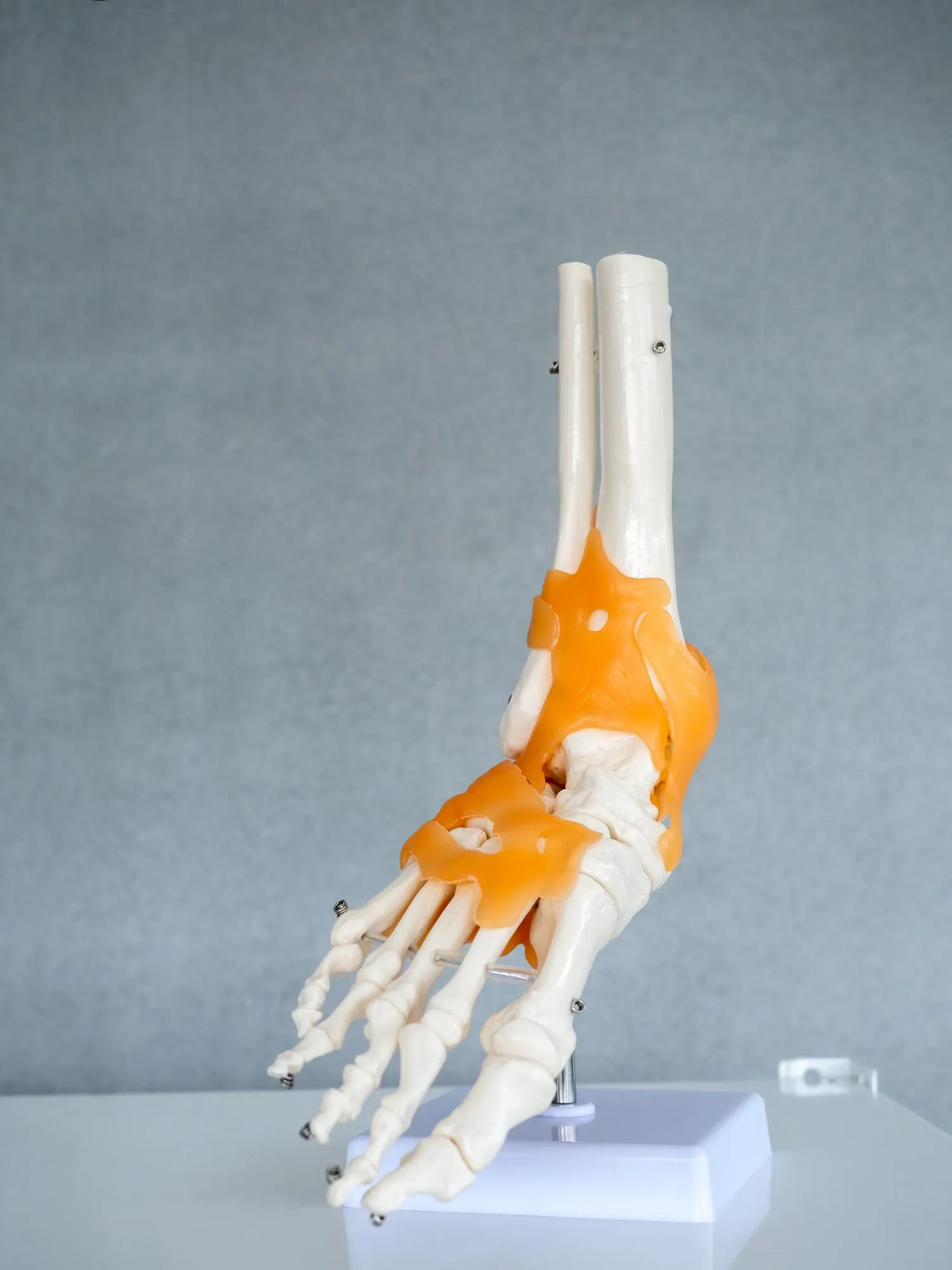In the world of biomedical research, the synthesis and characterization of bioceramic materials play a significant role in developing implants and bone cements that are not only supportive but also conducive to bone regeneration and healing. A new study published in the Journal of Functional Biomaterials has shed light on the structural modifications and potential benefits of incorporating biologically active ions, such as strontium and zinc, into β-tricalcium phosphate (β-TCP). The comprehensive study led by Elisa Boanini et al. at Alma Mater Studiorum-University of Bologna, Italy, provides intriguing insights into how these ionic substitutions affect the β-TCP structure and its properties.
The research article, titled “Strontium and Zinc Substitution in β-Tricalcium Phosphate: An X-ray Diffraction, Solid State NMR and ATR-FTIR Study” was published on 2020-09-30 in the Journal of Functional Biomaterials. It details an experimental analysis of β-TCP, a widely used bioceramic, enriched with strontium and zinc ions, investigating the resulting structural modifications through various analytical techniques including X-ray diffraction (XRD), solid-state nuclear magnetic resonance (NMR), and attenuated total reflectance Fourier transform infrared spectroscopy (ATR-FTIR).
β-TCP is already known for its bioactivity and biocompatibility, making it a favorable choice for bone substitute materials. It closely resembles the mineral component of bone, hence its application in bone cements and implants. Previous research has suggested that ionic substitutions in β-TCP could further enhance its biological properties, leading to improved bone repair and regeneration. In particular, strontium and zinc ions have drawn attention due to their roles in bone metabolism.
Key Findings and Structural Insights
The study reported that when zinc is incorporated into the β-TCP structure up to about 10 at%, there is a reduction in the cell parameters, suggesting a denser lattice structure due to the presence of the smaller zinc ions compared to calcium ions. Strontium substitution, on the other hand, is feasible up to about 80 at%, leading to an increase in lattice constants and a slight modification towards a more symmetric structure. These important structural changes were meticulously analyzed using Rietveld refinements applied to XRD data as well as corroborated by solid-state NMR.
Biological Relevance of Strontium and Zinc in β-TCP
Strontium is known to have dual effects on bone metabolism: it stimulates bone formation and inhibits bone resorption. Its incorporation into β-TCP might therefore yield materials that can support new bone growth while simultaneously protecting against bone loss. Zinc, an essential trace element in the human body, also plays a crucial role in bone health. It influences bone formation and possesses antimicrobial properties, which could be beneficial in preventing infections related to implants.
The Role of Advanced Characterization Techniques
The structural analyses carried out using XRD, solid-state NMR, and ATR-FTIR were critical in identifying the phase purity, lattice alterations, and chemical modifications upon ionic substitution. ATR-FTIR examinations revealed that the vibrational modes characteristic of phosphate groups were preserved, indicating that the substitutions did not disrupt the principal chemical structure of the β-TCP.
Potential Implications for Bone Tissue Regeneration
The authors suggest that the incorporation of strontium and zinc into β-TCP may lead to materials with tailored resorption rates and improved biological responses. The modified bioceramics could potentially exhibit a prolonged lifespan in the biological environment, enhancing osteoconductivity and thus leading to more effective bone tissue regeneration.
DOI and References
DOI: 10.3390/jfb10020020
1. Elliott J.C. Structure and Chemistry of the Apatites and Other Calcium Orthophosphates. Elsevier; Amsterdam, The Netherlands: 1994.
2. Boanini E., Gazzano M., Bigi A. Ionic substitutions in calcium phosphates synthesized at low temperature. Acta Biomater. 2010;6:1882–1894. doi: 10.1016/j.actbio.2009.12.041.
3. Dorozhkin S.V. Multiphasic calcium orthophosphate (CaPO4) bioceramics and their biomedical applications. Ceram. Int. 2016;42:6529–6554. doi: 10.1016/j.ceramint.2016.01.062.
4. Shepherd J.H., Shepherd D.V., Best S.M. Substituted hydroxyapatites for bone repair. J. Mater. Sci. Mater. Med. 2012;23:2335–2347. doi: 10.1007/s10856-012-4598-2.
5. Bigi A., Boanini E., Gazzano M., Ion substitution in biological and synthetic apatites. In: Aparicio C., Ginebra M.P., editors. Biomineralization and Biomaterials, Fundamentals and Applications. 1st ed. Woodhead Publishing (Elsevier); Sawston, UK: 2015. pp. 235–266.
Keywords
1. β-tricalcium phosphate
2. Strontium in bone cements
3. Zinc substituted bioceramics
4. Ionic substitution in β-TCP
5. Bone tissue regeneration
In conclusion, the in-depth study by Boanini et al. has advanced our understanding of the effects of strontium and zinc substitution in β-TCP, providing a promising avenue for the development of improved biomaterials for orthopedic applications. The findings highlight the potential of tailored ionic substitutions to fine-tune the properties of bioceramics, paving the way for the next generation of materials that could significantly impact bone repair and regeneration. The detailed X-ray diffraction, solid-state NMR, and ATR-FTIR analysis underscored in this study are instrumental in guiding the design and assessment of functional biomaterials.
